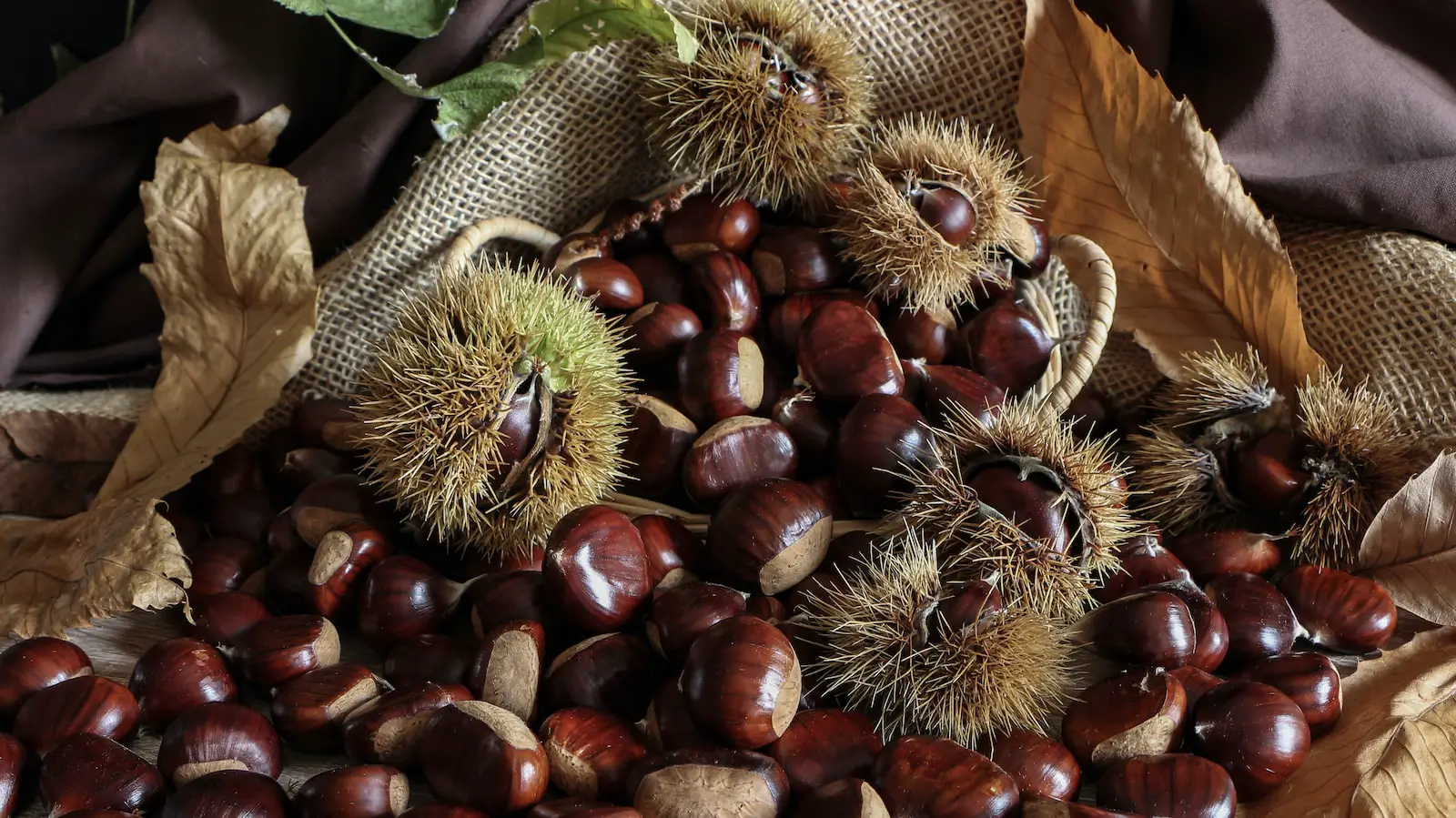Chestnuts are remarkable and versatile nut-bearing trees with a rich history. They’ve been cultivated for thousands of years, prized not only for their nutritious and tasty nuts but also for the wood they provide. These trees were once a dominant species in American forests until the early 20th century when a blight wiped out most of the native population.
Several species of chestnuts are found around the world, including the American chestnut (Castanea dentata), European chestnut (Castanea sativa), and others. These trees are admired for their impressive stature and the sweet, flavorful nuts they produce. They have also been a significant food source throughout history.
Growing chestnuts requires understanding their specific needs. Proper site selection, planting, care, and attention to potential problems can lead to a thriving chestnut tree that provides both beauty and bounty. The information provided here serves as a comprehensive guide to cultivating chestnuts successfully.
| Attribute | Details |
|---|---|
| Common Names | Chestnut, Sweet Chestnut |
| Botanical Name | Castanea spp. |
| Family | Fagaceae |
| Plant Type | Deciduous Tree |
| Mature Size | 40-60 feet |
| Sun Exposure | Full Sun |
| Soil Type | Well-drained, Acidic |
| Hardiness Zones | 4-9 |
| Native Area | Northern Hemisphere |
Chestnut Care
Chestnut trees are robust and hardy when planted in suitable conditions. They prefer a sunny spot with well-drained, slightly acidic soil. Planting them on a slope can enhance drainage, which is crucial for their health.
Irrigation is essential during the tree’s establishment phase. Regular watering helps the young tree grow strong and resilient. Once matured, chestnut trees are relatively drought tolerant but still appreciate watering during extended dry periods.
Light Requirement for Chestnut
Chestnut trees require full sun, which means they need at least 6-8 hours of direct sunlight per day. Proper sun exposure promotes healthy growth and optimal nut production.
Soil Requirements for Chestnut
Chestnuts thrive in well-drained, slightly acidic soil with a pH range of 4.5 to 6.5. Poor drainage can lead to root rot, so soil preparation with organic matter can help improve conditions in compacted or clay soils.
Water Requirements for Chestnut
Young chestnut trees require consistent watering to establish their root system. Mature trees are relatively drought-resistant but still benefit from regular watering, especially during dry spells.
Temperature and Humidity
Chestnuts are hardy in zones 4 to 9 and can tolerate cold winters. However, they are susceptible to late frosts that can damage blossoms and reduce nut production. Humidity doesn’t generally affect chestnuts, but proper air circulation helps prevent diseases.
Fertilizer
Chestnut trees can benefit from a balanced fertilizer applied in early spring. Regular soil testing can help determine specific nutrient needs, and organic mulch can provide additional nutrition.
Pruning Chestnut
Pruning is usually done to remove dead or diseased branches and shape the tree for better airflow and sunlight penetration. Winter or late summer is the best time to prune chestnut trees.
Propagating Chestnut
Chestnut trees can be propagated through seeds or grafting. Grafting is often preferred for maintaining specific varieties.
How To Grow Chestnut From Seed
Growing chestnuts from seed requires stratification. Plant fresh seeds in moist sand or peat and refrigerate for a few weeks before planting. Patience is needed, as it may take several years for the tree to bear nuts.
Common Pests & Plant Diseases
Chestnut Blight
A devastating fungus that wiped out American chestnuts. Resistant varieties and proper care can mitigate the risk.
Aphids
These insects can be controlled through natural predators or insecticidal soap.
Gall Wasps
Control measures include pruning infected areas and using specific insecticides.
Common Problems With Chestnut
Nut Rot
Caused by poor drainage or overwatering. Ensuring proper soil drainage can prevent this issue.
Poor Nut Production
Can result from improper pollination. Planting multiple trees can help ensure cross-pollination.
Pro Tips
- Consider planting more than one chestnut tree for cross-pollination and better nut production.
- Monitor for signs of disease or pests regularly to catch problems early.
- Choose resistant varieties if chestnut blight is known to be in your area.
- Apply mulch around the base of the tree to retain moisture and suppress weeds.




